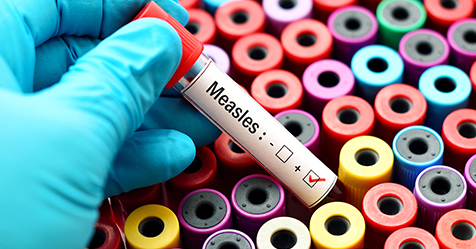World Toilet Day 2024 Celebrates Toilets as a ‘Place for Peace’
World Toilet Day is observed each year on Nov. 19 to bring attention to the lack of toilets for billions of people globally. It encourages everyone to learn and spread the word about how proper toilets and sanitation can save lives.
This year, the United Nation’s (UN) theme is Toilets: A Place for Peace, with a focus on this essential space being safe and secure for everyone. The World Health Organization (WHO) reports that 3.5 billion people still live without safely managed sanitation, including 419 million who practice open defecation.
Additionally, “safe toilets for all by 2030” is one of the targets of Sustainable Development Goal 6 . Conflict, extreme weather events, and disasters can destroy, damage, and disrupt sanitation services. When toilet systems don’t work or don’t exist, untreated human waste spreads in the environment, unleashing diseases such as cholera.
Each day, nearly 1,000 children die globally from diarrhea related to poor sanitation and contaminated water sources. Safe sanitation, the practice of good hygiene, and a safe water supply can save the lives of more than 300,000 children a year.

